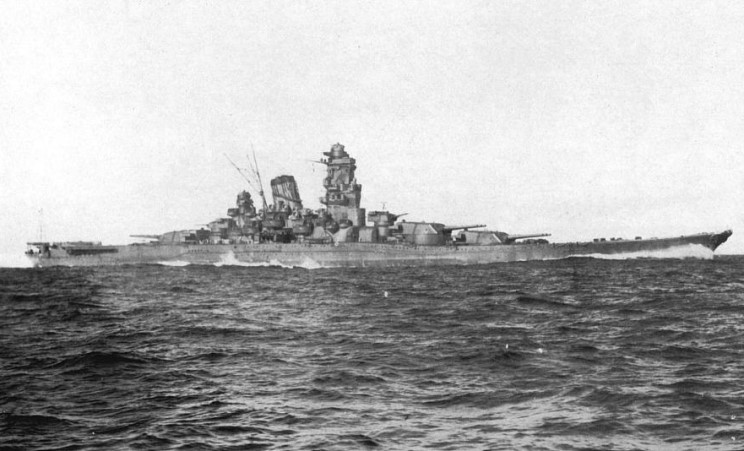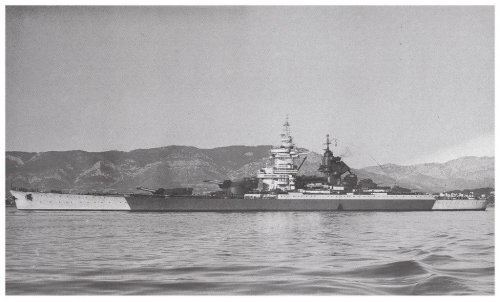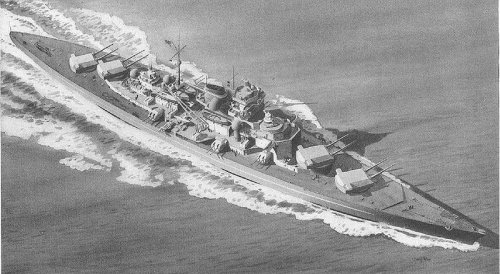First of all
Grey Havoc said:
:'( We got banished to the cold environs of the Bar after all.
How can a bar be cold ?? Isn't it one of the warmest and most comfortable places at all ?

As the discussion centered mainly centered mainly on the Bismarck class, my two cent about those
ships:
- Even with a two or four screw layout the Bismarck would have been hardly more maneuverable after
he rudder had been locked. It was a lucky hit, which was regarded as very unlikely before and would
principally have affected every other battleship in the same way, too.
- That this class principally suffered from the same design flaw regarding the stern, as other large german ships,
was only discovered, when Robert Ballard found Bismarcks wreckage on the Atlantic seabed, I think. as he noticed,
that the whole stern had broken away, as had been the case after the Lützow was hit by a torpedo. But of course,
maybe the quite weak construction at this place had contributed to the failure of the rudder.
- Another weakness of the design, that perhaps in a certain sense was responsible for the torpedo hit, was the
out-dated concept of the medium artillery/heavy flak, which were still separated. IF Bismarck already would have
had dual-purpose guns, as the British KGV-class or the US South Dakota class, it MIGHT have been able to repel
an air attack with more guns of a larger Calibre at a longer range. But the Bismarck class actually was a modernized
Ersatz-York class from the end of WW I, the construction teams lacking nearly 20 years of experience
- "Somewhat overweight" to my opinion is quite a palliation with regards to this class ! When it was designed the
maximum displacement for battleships still was 35.000 ts (raised to 45.000 ts only in June 1938) and probably apart
from the very first sketches, this design never fit into this limit and probably never was really intended to do so.
- Other weaknesses were the distribution of the horizontal armour, of the heavy artillery and the design of the bridge,
which still was very much like that, on the last german capital ships from WW I, making communication between
the ships commander and the fire control and other teams more difficult, than in contemporary british ships,
with their large command towers. But again, the design of the Bismarck class was frozen at least two years before
that of the KGV class and the G 3 class probably would have suffered from similar weaknesses.





